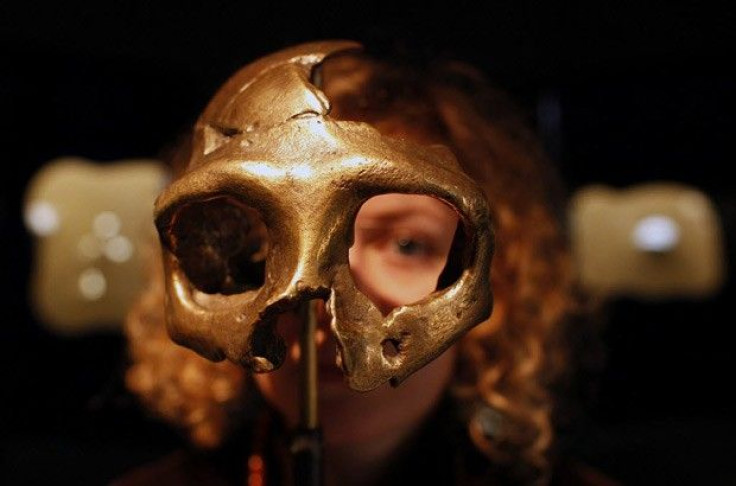Non-Africans Carry Neanderthal DNA

How are we able to survive in harsh and cold regions? The answer lies in our genes, which may have come from Neanderthals.
People outside Africa are found to be carrying some of the human X chromosomes originating from Neanderthals, according to a latest study.
The study confirmed a long-held belief that our human ancestors came into contact with Neanderthals. The question on everyone's mind has always been whether the physically stronger Neanderthals, who possessed the gene for language and may have played the flute, were a separate species or could have interbred with modern humans. The answer is yes and the two lived in close association.
An analysis of more than 6,000 X-chromosomes from all inhabited continents supports earlier contention that a mosaic of lineages of different time depths and different geographic provenance could have contributed to the genetic constitution of modern humans.
It indicates a very early admixture between expanding African migrants and Neanderthals prior to or very early on the route of the out-of-Africa expansion that led to the successful colonization of the planet.
This confirms recent findings suggesting that the two populations interbred, says Damian Labuda of the Department of Pediatrics at the University of Montreal and the CHU Sainte-Justine Research Center.
Neanderthals, whose ancestors left Africa about 400,000 to 800,000 years ago, were evolved in what is now mainly France, Spain, Germany and Russia, and are thought to have lived until about 30,000 years ago.
Meanwhile, early modern humans left Africa about 80,000 to 50,000 years ago.
In addition, because our methods were totally independent of Neanderthal material, we can also conclude that previous results were not influenced by contaminating artifacts, Labuda said.
Almost a decade ago, Labuda and his team had identified a piece of DNA called a haplotype in the human X chromosome that seemed different and whose origins they questioned.
The team had compared 6,000 chromosomes from all parts of the world to the Neanderthal haplotype in 2010 when the Neanderthal genome sequence was made available. They found that the Neanderthal sequence was present in peoples across all continents, except for sub-Saharan Africa, and including Australia.
There is little doubt that this haplotype is present because of mating with our ancestors and Neanderthals. This is a very nice result, and further analysis may help determine more details, says Nick Patterson of the Broad Institute of MIT and Harvard University.
Dr. Labuda and his colleagues were the first to identify a genetic variation in non-Africans that was likely to have come from an archaic population. This was done entirely without the Neanderthal genome sequence, but in light of the Neanderthal sequence, it is now clear that they were absolutely right! adds David Reich, a Harvard Medical School geneticist, one of the principal researchers in the Neanderthal genome project.
The findings were published in the July issue of the journal Molecular Biology and Evolution.
The Neanderthal is an extinct member of the Homo genus known from Pleistocene specimens found in Europe and parts of western and central Asia. The first proto-Neanderthal traits appeared in Europe as early as 350,000 to 600,000 years ago.
Neanderthal skulls were first discovered by Philippe-Charles Schmerling in Engis, in what is now Belgium, in 1829. Neanderthals were heavily built, and had sophisticated music, art and tool craftsmanship skill.
Their brains were the same size as Homo Sapiens and they also controlled fire, lived in shelters, and occasionally made symbolic or ornamental objects. The first Neanderthal fossil was discovered in 1856 in Germany in the Neander Valley, hence the hominid's name.
© Copyright IBTimes 2024. All rights reserved.











